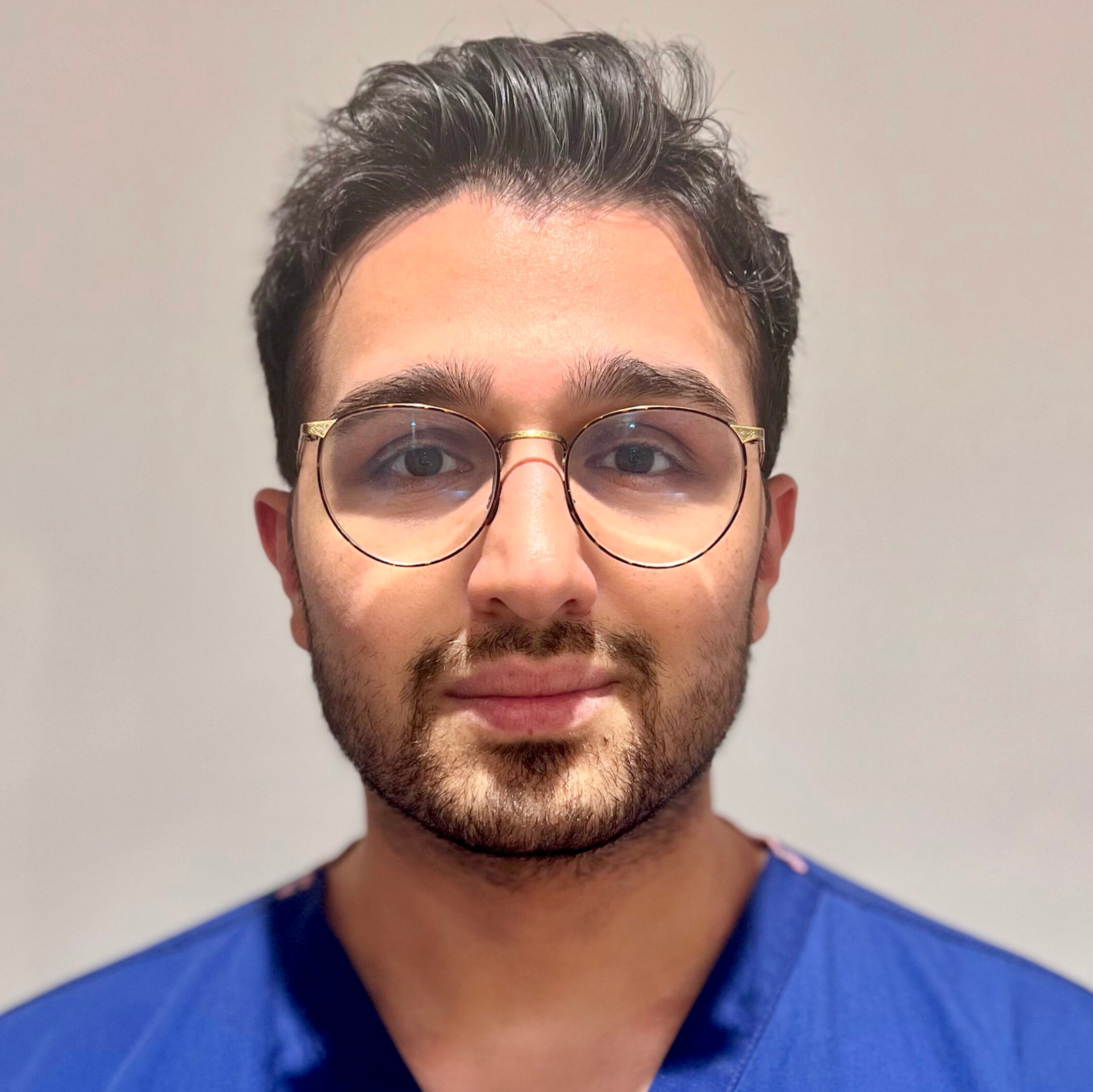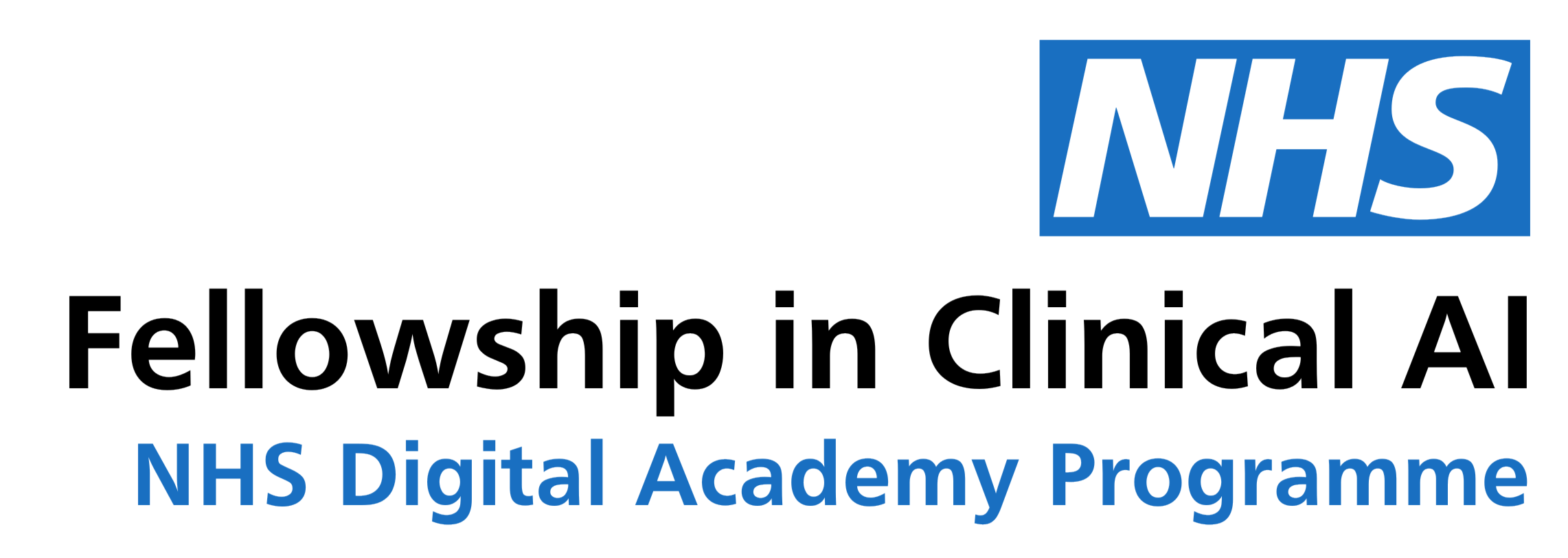
James Vaz
Fellow in Clinical AI, Cohort 3
Fellowship Bio
Clinical Radiology Registrar and current NHS Clinical AI Fellow at Oxford University Hospitals, specialising in the real-world evaluation and deployment of imaging AI tools. From August 2025, I will continue this work through an NIHR-funded research fellowship.
Fellowship Project
Deploying and Evaluating AI for Fracture Detection in the NHS: A Multimodal Real-World Approach
Oxford University Hospitals NHS Foundation Trust
Fractures are common, but also one of the most frequently missed diagnoses in Emergency Departments. My work has focused on testing and deploying artificial intelligence (AI) tools to better help clinicians detect fractures. I led four linked projects: setting up new AI tools, comparing available options, testing accuracy, and understanding real-world NHS impact. 1. AI Deployment Platform (AIDP) As Project Lead for Fracture in Oxford, I supported local deployment of Radiobotics’ AI tool. This included completing data and safety requirements, presenting to the Trust’s approval committee, and helping progress the project after national funding was withdrawn. By May 2025, three AI tools (fractures, chest X-rays, prostate scans) had been deployed in shadow mode. 2. Fracture Head-to-Head I led a study comparing commercially available AI tools for fracture detection, using anonymised radiographs. Vendors were invited to participate in a fair and transparent evaluation under time-limited conditions, with results to be used for benchmarking. I worked closely with NHS and industry stakeholders to overcome governance, technical, and interoperability barriers. This project aims to guide NHS teams in selecting safe and effective AI solutions for real-world use. 3. FRACT-AI Study I supported dataset development and study planning, and helped test AI against expert radiologist reports. I presented findings at the European Congress of Radiology and submitted further work to RSNA 2025. 4. SAMURAI-Fracture As Site Co-Lead, I helped design this £491,712 SBRI-funded, multi-centre study. It evaluates whether fracture AI improves care and reduces unnecessary visits, with economic analysis included. Together, these projects help enable safe, effective use of AI in NHS fracture diagnosis.
Fellowship Testimonial
The NHS Clinical AI Fellowship has been a pivotal year in my career development. It provided protected time, expert mentorship, and a national network to pursue meaningful, real-world research at the intersection of radiology, digital innovation, and implementation science. One of the most valuable aspects of the fellowship has been the opportunity to lead and deliver complex projects with tangible clinical relevance. From coordinating local deployment efforts, to designing national benchmarking studies, contributing to multi-centre trials, and presenting at international conferences, the fellowship has exposed me to the full spectrum of challenges and opportunities in clinical AI translation. The fellowship has also strengthened my understanding of NHS data governance, stakeholder engagement, clinical safety frameworks, and regulatory expectations. I have developed skills in navigating real-world constraints, building cross-functional partnerships, and delivering work that informs both local practice and national policy. As I progress through radiology training and embark on an NIHR Fellowship, the fellowship has cemented my commitment to supporting the safe, effective, and scalable deployment of AI in clinical imaging. I leave with a clearer direction, a stronger foundation, and a lasting community of peers and mentors in the field.


